Devilish violinist Niccolo Paganini and his violin (8 photos + 1 video)
Learning to play a musical instrument is not that difficult. Almost anyone can do this if they have the desire and diligence. 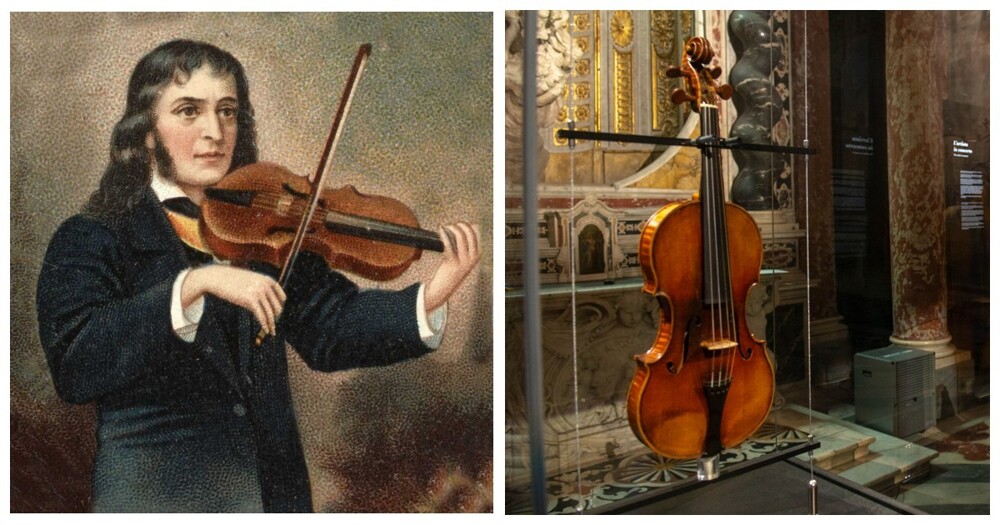
But some, given the opportunity, effort, time and competent teachers, turn into mediocrity. And others, in the absence of all this, manage to become geniuses. This is how God's spark works. Or even diabolical. 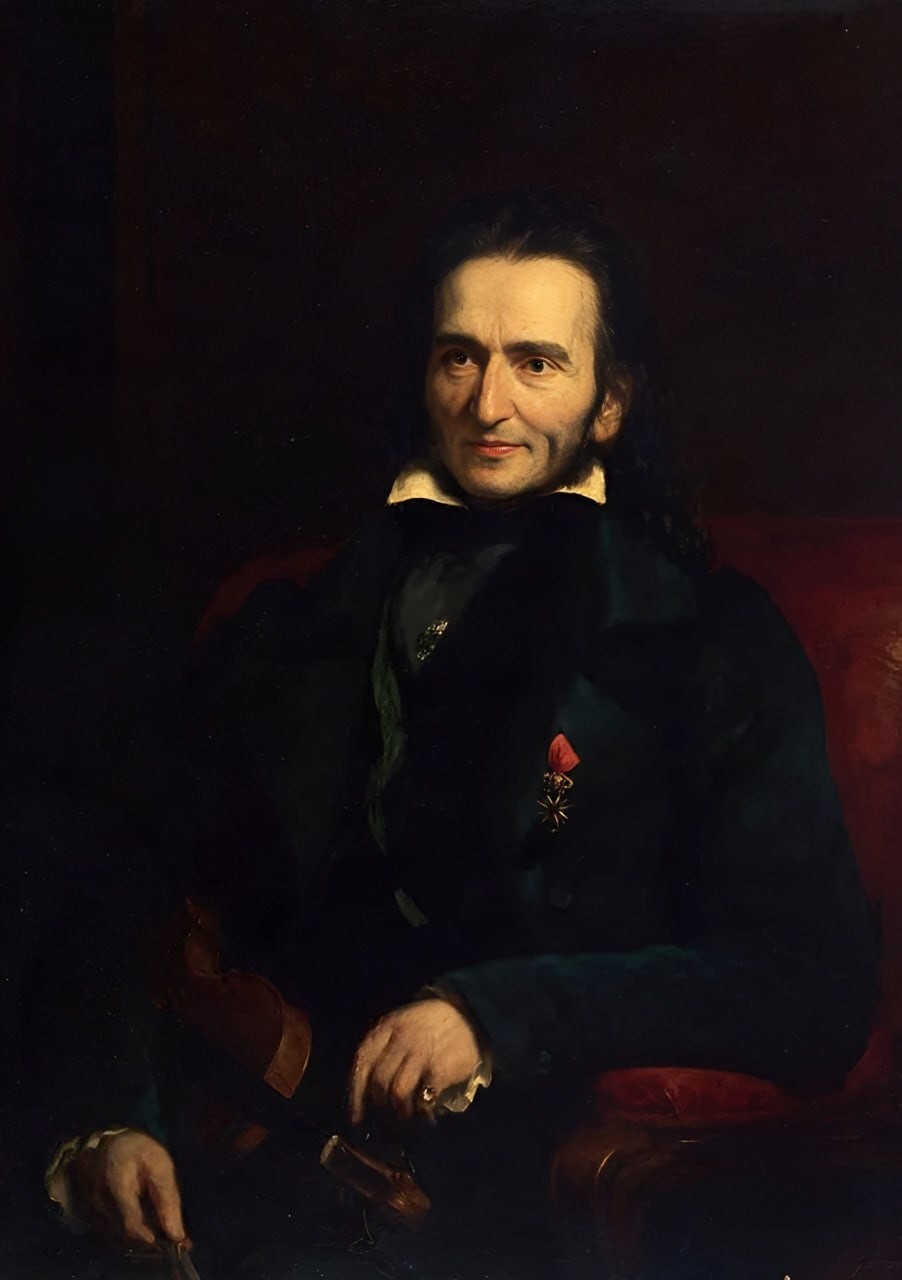
Niccolo Paganini
Niccolo Paganini, born October 27, 1782, is still considered the greatest virtuoso violinist who has ever lived. Several outstanding violinists appeared in the 19th century, but the Italian Paganini surpassed his peers so much that there were rumors among his contemporaries that he had sold his soul to the devil. 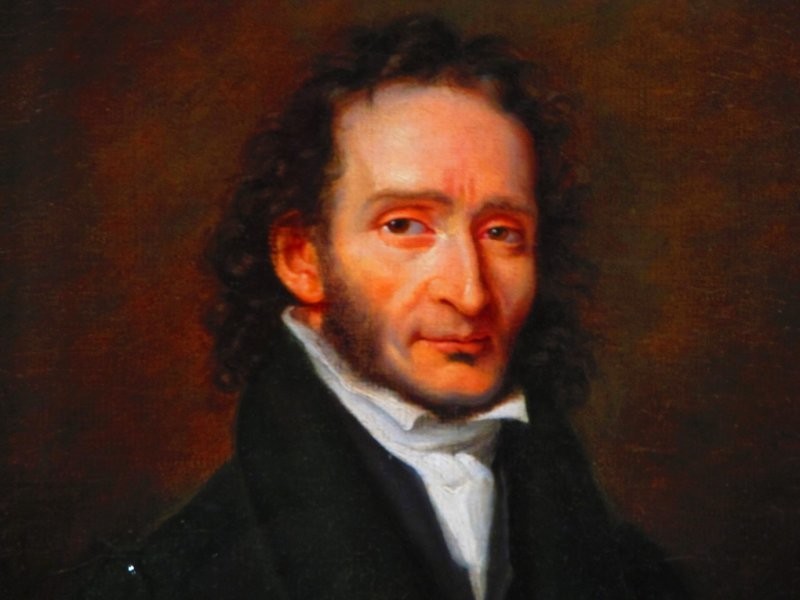
Paganini learned to play the mandolin from his father at the age of five and then switched to the violin. At the age of seven he began composing, and by the age of 12 he was performing in public. At the age of 16, Paganini suffered a nervous breakdown and tried to drown his grief in wine. Eventually, with the help of a female benefactor, he managed to quit drinking. 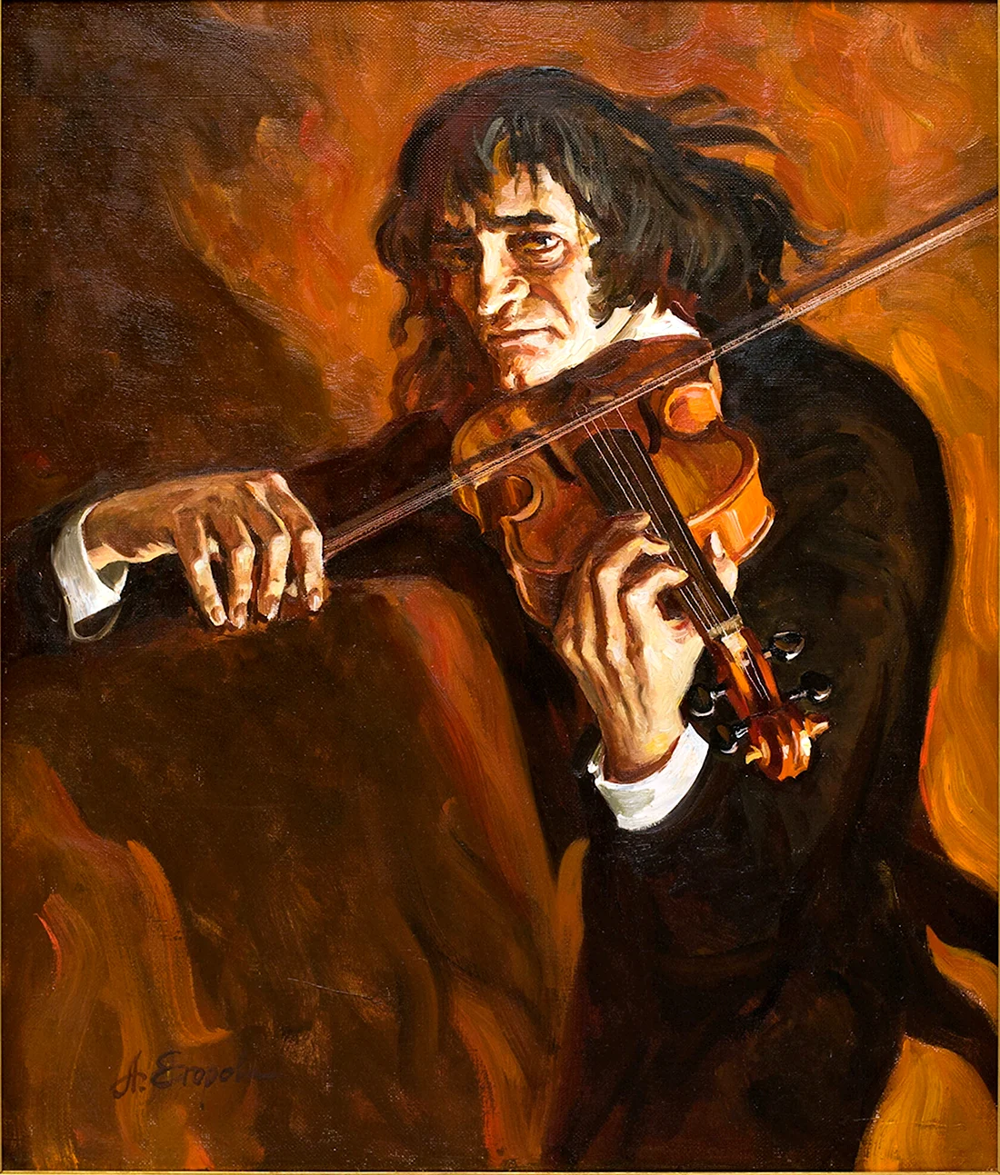
After sobering up, he retired for three years and began obsessively studying the violin. Returning to performing at the age of 22, he became music's first superstar. Paganini was able to play three octaves on four strings with one movement of his hand - a virtually impossible feat even by today's standards. 
The flexibility and unusually long fingers suggested that he may have had Marfan syndrome, a genetic mutation discovered only in 1899 that results in elongated fingers and other unique features. Others suggest he had Ehlers-Danlos syndrome, a hyperelasticity of the skin known as rubber man syndrome. 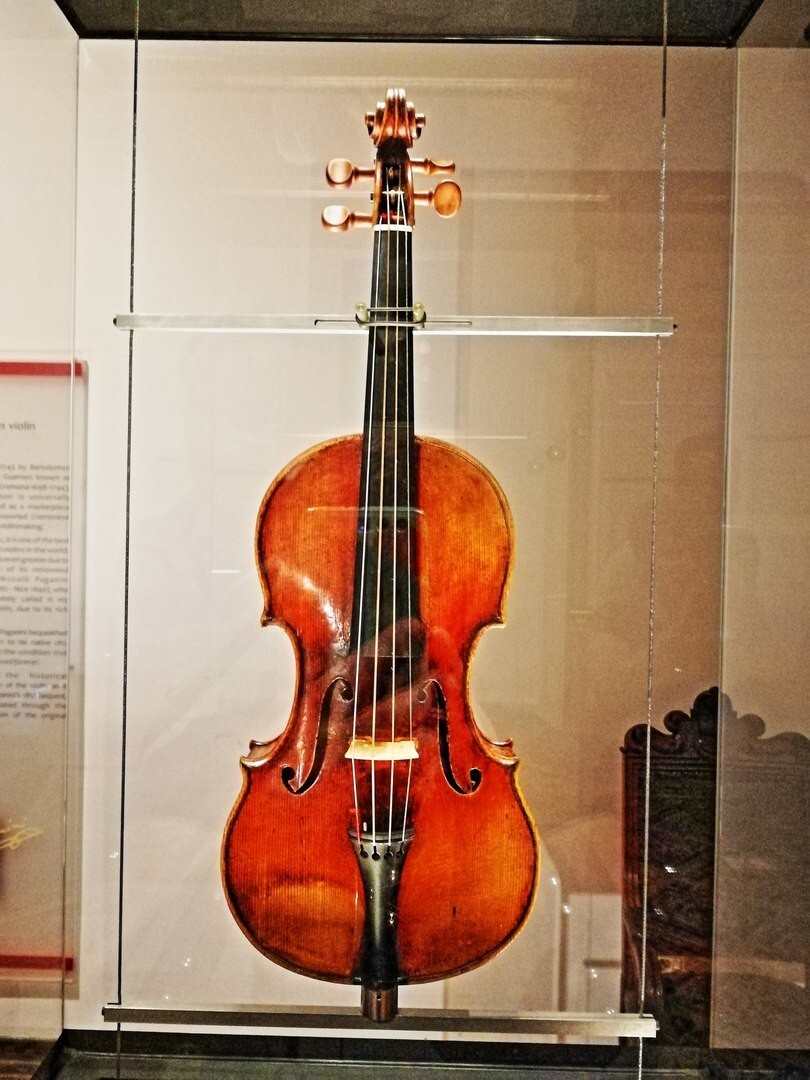
Paganini violin
Still others attribute his abilities to his instrument. The tool is truly amazing. The violin was made by master Bartolomeo Giuseppe Guarneri in 1743. He did not become famous during his lifetime, but it was Guarneri that Stradivari himself considered his main competitor. He received the violin, which the musician called Pushka, by chance, as a gift. And I learned not only to use it to weave a velvety rich canvas of music, but also to imitate voices, bird trills, and the sound of the wind.
In the early 1830s, Paganini's health began to rapidly deteriorate. In 1834, he no longer had the strength to play the violin, and he retired from public speaking. “My cannon” (il cannone) lay next to the maestro. He no longer had the strength to play; the violinist only fingered the strings of the amazing instrument. The virtuoso, whose secret of genius was never revealed, died in Nice on May 27, 1840. 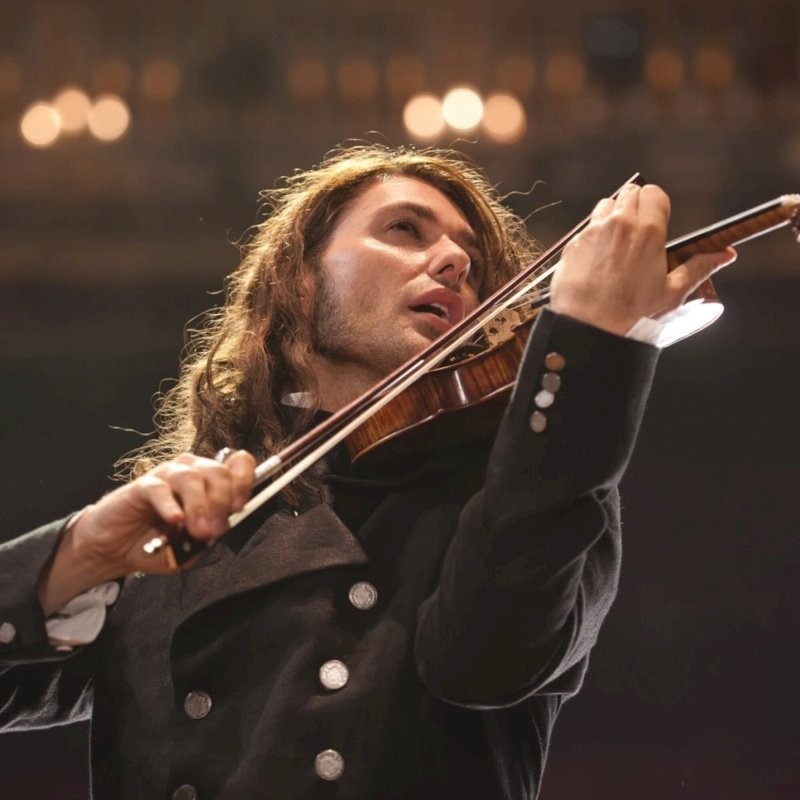
Still from the film "Paganini: The Devil's Violinist"
Many works are dedicated to Paganini, whose personality is shrouded in an aura of mystery and mysticism. The 2013 film “Paganini: The Devil’s Violinist” was also dedicated to the story of a musician who sold his soul to the devil, who gained the opportunity to rule hearts and minds, but lost himself. 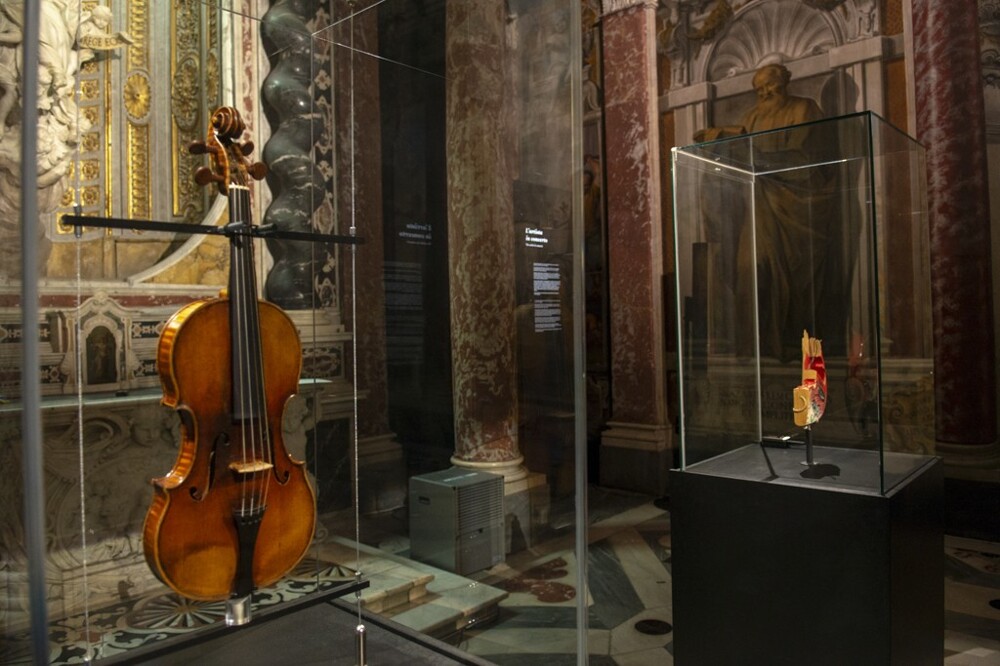
"A gun"
The “cannon” is stored in the museum of the city of Genoa under strict observance of certain conditions - temperature and humidity. As a sign of great favor, the winners of the Paganini Violin Competition, an international competition for academic violinists in Genoa, are allowed to play on it. “The Widow of Paganini,” as the violin is called, sings, lives and reminds that while the music is playing, all is not lost for this world.






























